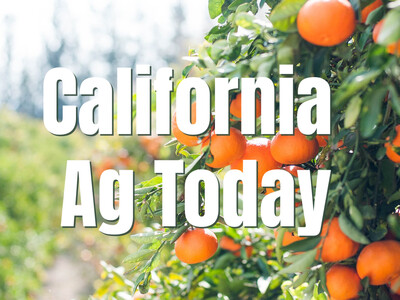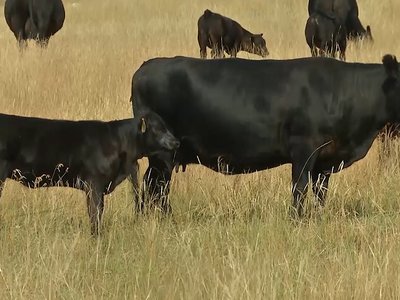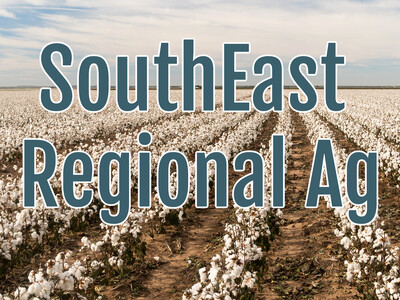What to Do with Wheat & Ethanol Helps Budget
What to Do with Wheat & Ethanol Helps Budget plus Food Forethought. I’m Greg Martin with today’s Northwest Report.
As the winter wheat in some drought areas continues to suffer under heat, dry soils and high winds, growers are mulling over what to do next. Jim Shroyer, Kansas State University extension crop specialist, saying that for dryland winter wheat growers in drought areas it's basically hurry up and wait.
SHROYER: They have to destroy the crop that’s there, if there is anything at all to be destroyed and we don’t want to do anything mechanical to the soil because of the wind erosion problems and they’ll just be waiting for moisture and probably go the grain sorghum route. Or feed. I guess there’s other things too, they could grow sudan grass or some type of forage for cattle. They could do something like that.
AAA is reporting the current average price for gasoline is $3.88 per gallon nationwide. According to the Renewable Fuels Association, 10 percent ethanol blends are keeping gasoline prices 12-cents per gallon cheaper than they otherwise would be. RFA says these savings do not take into account the downward pressure ethanol puts on the oil market by virtue of being 10 percent of the nation’s gasoline supply. That results in an annual savings of more than 100-dollars for the average American Household, which consumes about 900 gallons of gasoline yearly.
Now with today’s Food Forethought, here’s Lacy Gray.
Would you pay extra to have more milk in your milk? According to a recent survey eighty-six percent of American milk consumers would opt to buy and pay more for fortified low fat milk. In the last decade or so low fat milk has become the best seller in the dairy case, beating out sales of whole milk due to overall consumer consciousness when it comes to foods with higher fat contents and fears of increased risk of heart disease and other health related issues. But you not only loose the extra fat in low fat milk, you loose a large percentage of unique nutrients found in whole milk as well; thus the recent debate over whether or not to require a national standard of fortifying low fat milk with nonfat solids, upping its nutritional content. Of course fortifying low fat milk would result in a production cost increase for dairy producers, which would be reflected in an increase cost to consumers. The projected increase cost for consumers though would only be around seventeen cents a gallon. Not bad at all considering consumers are really charmed by the idea of more nutrition in their milk. This way they can have their milk and drink it too.
Thanks Lacy. For great buys on Farm Equipment visit BigIron.com’s internet auctions. Every second and fourth Wednesdays. That’s today’s Northwest Report. I’m Greg Martin on the Ag Information Network.














